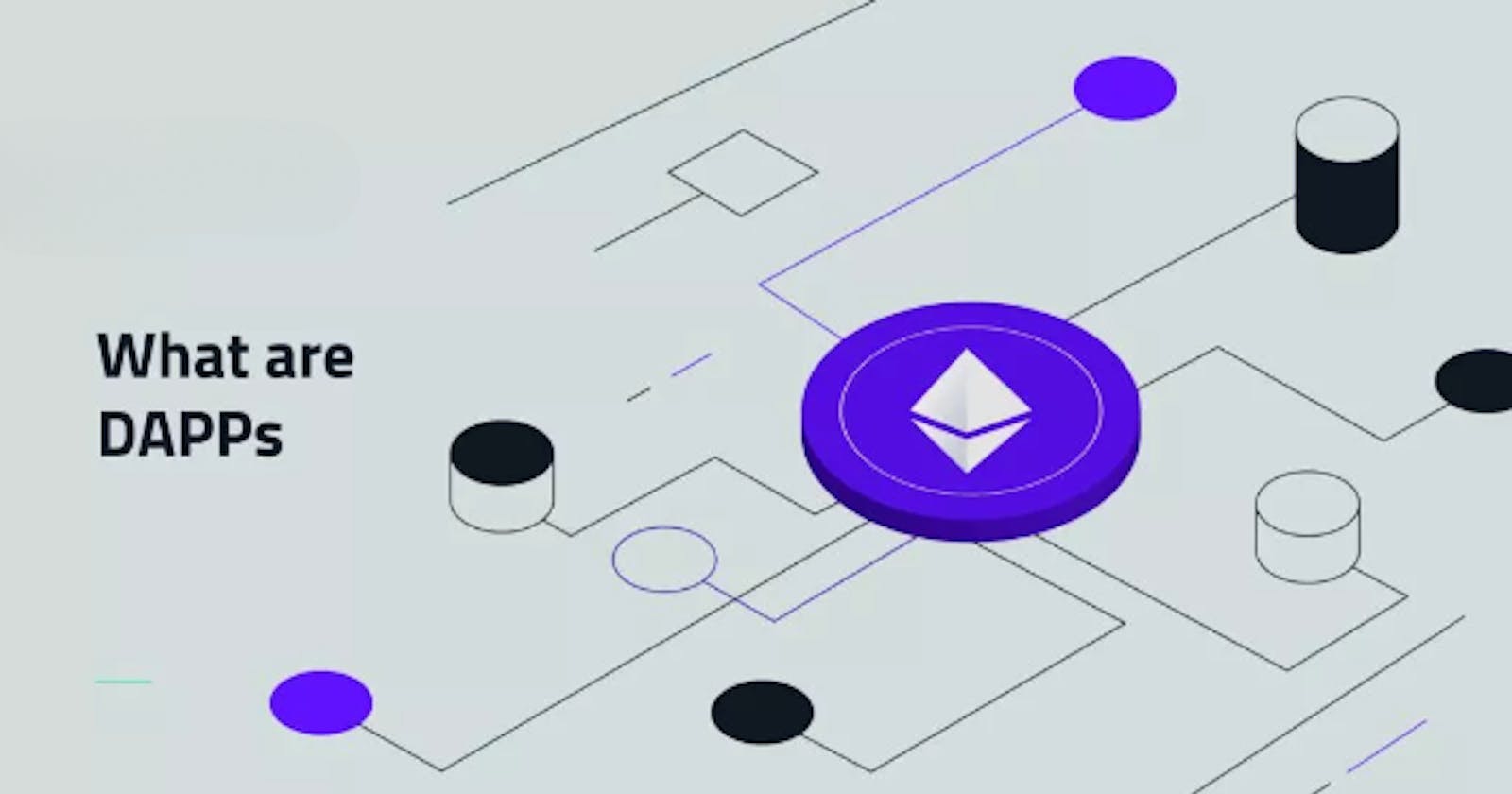One moment the world is behind technology and the next moment, suddenly, the technology becomes obsolete. Similar is the case with the app world, too. Numerous tech stacks, frameworks, and languages are available to develop an app.
If you have not read my post explaining what web3 is click here to read it.
Centralized App vs Decentralized App?
A centralized app is owned by a single company. The application software for a centralized app resides on one or more servers controlled by the company. As a user, you'll interact with the app by downloading a copy of the app and then sending and receiving data back and forth from the company's server. Well-known examples of centralized apps are Twitter, Facebook, Instagram, and Netflix. Banks and other financial institutions use centralized apps to allow their customers online access to their accounts.
What is DApps
Decentralized applications (DApps) are digital applications that run on a blockchain or peer-to-peer (P2P) network of computers instead of a single computer. DApps are visibly similar to other software applications that are supported on a website or mobile device but are P2P supported. It enables users to engage in transactions directly with one another as opposed to relying on a central authority. The source code is known as a smart contract, which allows users to complete transactions without revealing personal information. An example of DApp is Chainlink(a middleware software that provides tamper-proof inputs, outputs and computations for Oracle networks).

Decentralized Applications are called DApps
DApps in the real sense
A standard web app, such as Uber or Twitter, runs on a computer system that is owned and operated by an organization, giving it full authority over the app and its workings. There may be multiple users on one side, but the backend is controlled by a single organization.
DApps can run on a P2P network or a blockchain network. For example, BitTorrent, Tor, and Popcorn Time are applications that run on computers that are part of a P2P network, whereby multiple participants are consuming content, feeding or seeding content, or simultaneously performing both functions.
Decentralized apps have two common characteristics and key attributes:
They are open source.
They provide decentralized storage
An advantage decentralized platforms have is they’re invulnerable to all types of attacks, as there’s no physical device to target. Not only does this make the network more secure, but it also means there’s no downtime. Accessing these applications is always possible.
DApps can also apply to almost any industry, such as gaming, medical, governance and even file storage. As a result, DApp usage is almost no different from traditional applications. While users benefit from all the changes on the backend, the actual experience should be the same.
That's all about DApps and I hope it was helpful. I'll be publishing how to start learning and building in DApps soon.
Stay tuned!!!
